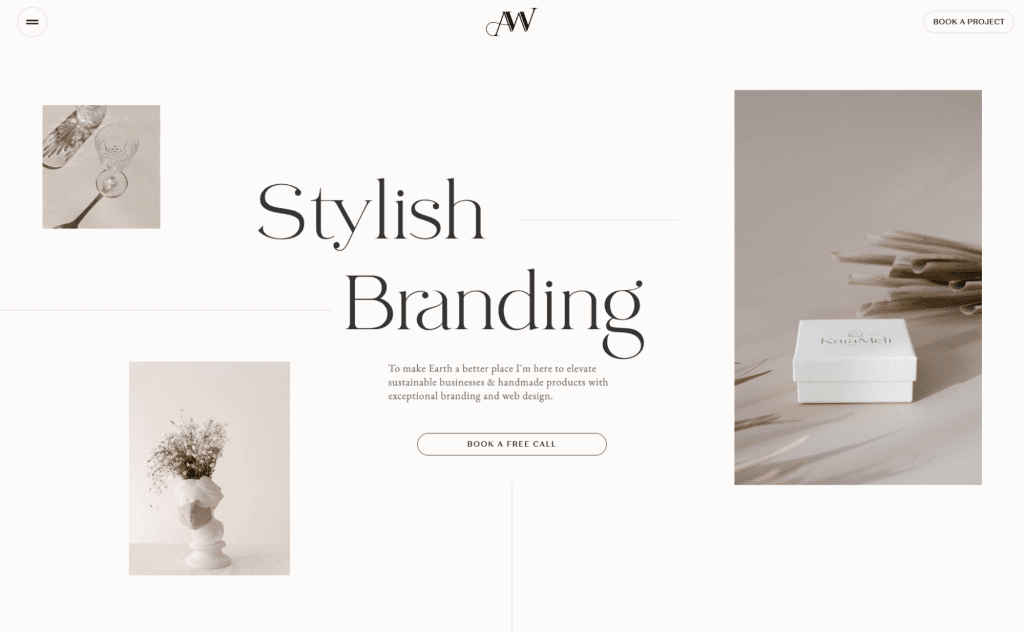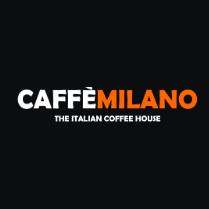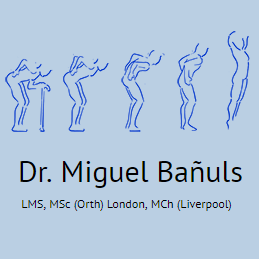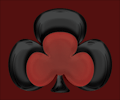Minimalist web design is an approach that champions simplicity and clarity, making it a leading trend in today’s digital landscape. This design philosophy, grounded in clean design principles, strips away the unnecessary while prioritizing essential content, leading to a more engaging user experience minimalism. Through effective visual hierarchy in web design, elements are arranged to guide users seamlessly through their interactions, ensuring that important information stands out. Moreover, in a world increasingly focused on sustainable web design, minimalist aesthetics prove resource-efficient, appealing to eco-conscious users. As we delve into the depths of minimalist web design, we uncover the benefits, trends, and tools that make this approach essential for modern websites.
The art of minimalistic website creation speaks to a broader philosophy of design that values simplicity over complexity, often referred to as “clean design aesthetics.” This style highlights the importance of user-centric layouts, where every element serves a purpose, leading to improved usability and faster navigation. In an era where mobile-first minimalist design is becoming the norm, designers are tasked with creating intuitive interfaces that resonate with users on various devices. By emphasizing a restrained visual narrative, the focus shifts towards content and function, which not only enhances user satisfaction but also promotes engagement. As we explore this fascinating design paradigm, we discover how its principles and practices can transform digital experiences into seamless journeys.
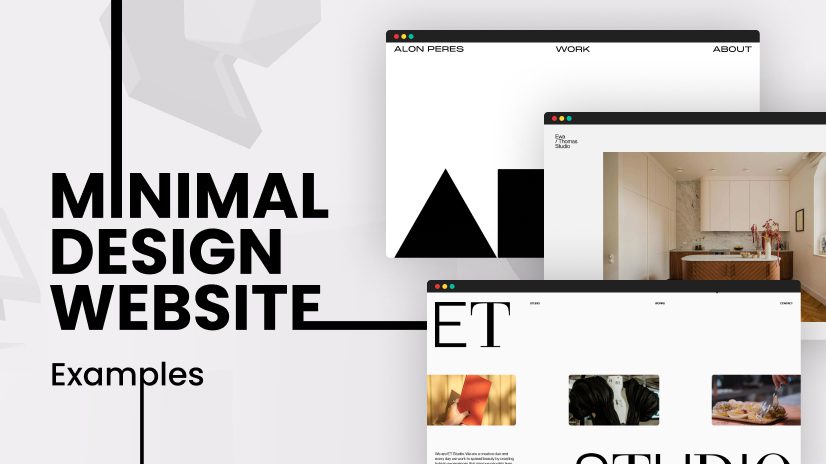
Understanding the Essence of Minimalism
At its heart, minimalist web design is an artistic expression that embraces simplicity as its guiding principle. Focusing on essential functionality, it casts aside the unnecessary, allowing clarity to flourish. This approach leads to an environment where users can discern vital information without distraction, enhancing the overall browsing experience. By employing stripped-down aesthetics, designers create spaces that feel airy and inviting while guiding users seamlessly through various content.
In this digital age, where attention spans seem to dwindle, the minimalist approach stands as a beacon of efficiency. It speaks to the very nature of human interaction with technology—intuitive, straightforward, and devoid of clutter. The philosophy of ‘less is more’ resonates deeply, inviting users to engage without the overwhelming visuals often found in more complex designs. One might say embracing minimalism is like breathing fresh air—invigorating and liberating for both designers and users alike.
Trends Shaping Minimalist Design
As we look towards 2025, the landscape of web design witnesses a burgeoning trend embracing minimalism’s core virtues. With a rising emphasis on mobile-first design, businesses recognize that simplicity translates into efficiency. Users are becoming accustomed to swift interactions on their devices, and thus, a minimalist approach enhances load times and ensures smoother navigation. This shift marks not just a design evolution but a transformation in user expectations, compelling creators to prioritize usability above all.
Moreover, in the quest for accessibility, minimalist designers illuminate a path toward inclusivity. By stripping away non-essential elements, they craft experiences that cater to individuals with disabilities, ensuring that every user feels valued and empowered. Every contrast and whitespace becomes a deliberate choice to foster engagement. Notably, the success of minimalist designs lies in their ability to create spaces that encourage interaction and convey information clearly, making them crucial in the modern web landscape.
Transforming User Experience through Minimalism
User experience flourishes in the embrace of minimalist web designs, where engagement and satisfaction are paramount. Research suggests that simplified layouts significantly enhance a user’s ability to navigate and absorb information quickly. A study from Choi (2025) highlights that when users encounter a cleaner interface, they are not only happier but more likely to follow through on desired actions, whether that’s completing a purchase or subscribing to updates.
Additionally, minimalist design has been shown to reduce cognitive load, allowing users to focus solely on what they truly need. In a world brimming with information, this thoughtful reduction enables meaningful interactions—each glance a conscious choice, each click intentional. Brands that adopt this philosophy signal to their users a commitment to clear communication and thoughtful engagement, crafting web environments that resonate deeply and endure beyond fleeting trends.
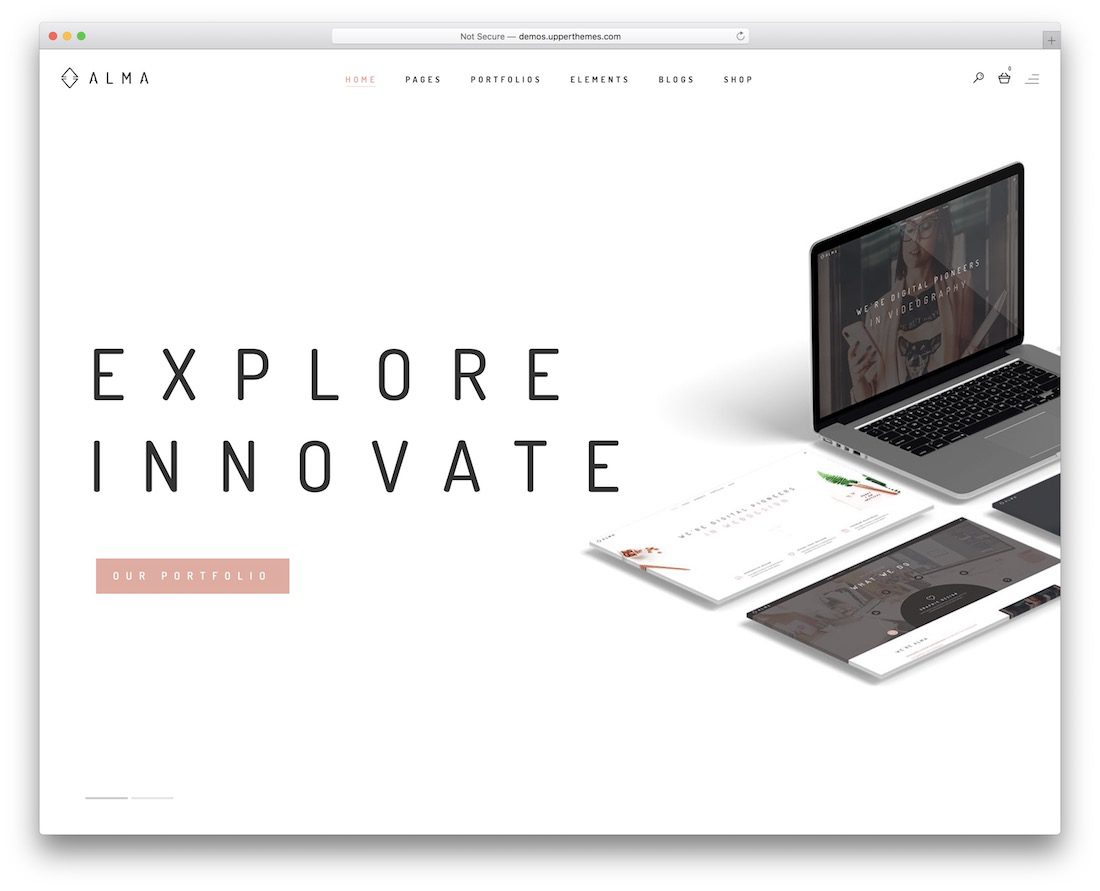
Embracing the Future of Minimalist Web Design
As we venture into the digital frontier of 2025 and beyond, the allure of minimalist web design remains compelling and prevalent. This design philosophy, rooted in the principle of ‘less is more,’ ultimately prioritizes user experiences that are not just pleasant but profoundly engaging. By leveraging the concepts of simplicity, efficiency, and clarity, designers can create interfaces that elegantly guide users while minimizing visual distractions. In a world inundated with information, minimalist web design champions a streamlined approach, ensuring that communication is direct and immediate.
– Minimalism enhances user focus, allowing for quicker information retrieval.
– Simpler designs lead to faster load times, crucial in an age where speed is paramount.
– Sustainable practices are intertwined with minimal design, appealing to environmentally-conscious consumers.
Furthermore, as companies recognize the value of accessibility and inclusivity, minimalist design will serve as an invaluable tool for fostering a more equitable digital space. Embracing these principles not only elevates the user’s journey but also reflects a growing understanding of varied user needs. In this way, the digital design landscape is set to evolve, driven by the significant impact of minimalist approaches on user engagement, conversion rates, and overall satisfaction. The future holds promise for a design philosophy that is not merely a trend but a transformative force in web development.
– A focus on intelligent hierarchy will drive effective navigation and decision-making.
– Minimalist tools and frameworks will continue to simplify the design process, allowing for creativity without clutter.
– The successes of leading companies exemplify how minimalism can enhance brand messaging and user loyalty.
The Essential Role of Educating Designers
With the continual evolution of web design, the task of educating current and aspiring designers is paramount. Learning the principles of minimalist design—understanding balance, alignment, and visual hierarchy—will equip future creators with the tools needed to craft intuitive experiences. Training should emphasize the integration of sustainability within design, encouraging a conscientious approach when developing for the digital arena. This focus will ensure that as designers create, they contribute positively to both user experience and environmental health.
– Educating on minimalism can help in creating designs that are both functional and environmentally responsible.
– Workshops and resources must promote real-world applications through hands-on experience with design tools like Figma and Webflow.
– Knowledge sharing within the design community will inspire innovative approaches to existing challenges.
Moreover, understanding the impact of effective minimalist design can lead to a cultural shift within the industry, where functionality over aesthetics prevails. By prioritizing clarity and efficiency, designers can meet the increasing demand for websites that are not just beautiful, but also engaging and accessible. Encouraging a new generation of designers to embrace minimalism as a foundation for their work can ultimately lead to a more sustainable and harmonious web environment that resonates with users on multiple levels.
– The transition towards minimalism signifies a broader cultural shift towards efficiency and sustainability in consumer choices.
– Fostering communities of minimalist practitioners can further drive innovation and collaboration.
– Design that prioritizes user experience will foster loyalty and trust, vital components for success in today’s competitive digital landscape.

